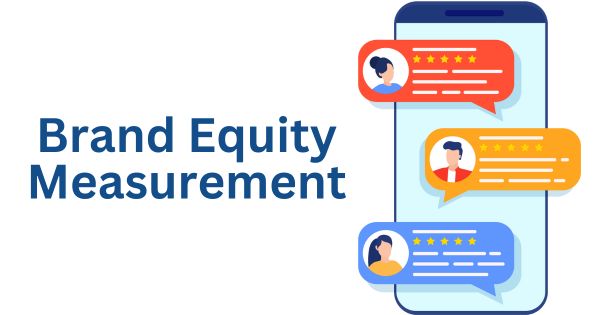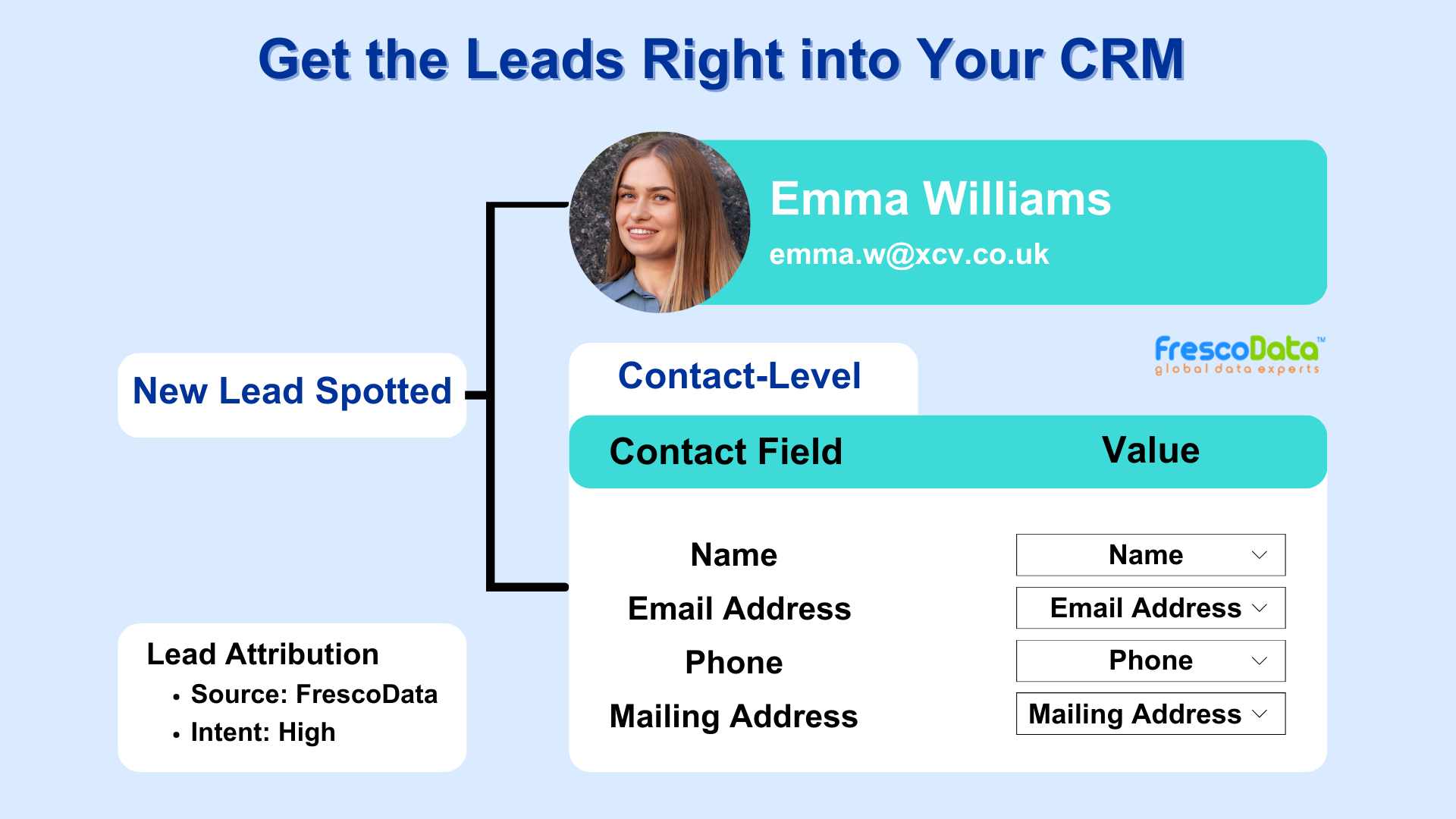-
What is Brand Equity Measurement?
-
Key Components of Brand Equity Measurement
-
Brand Awareness
-
Brand Association
-
Perceived Quality
-
Brand Loyalty
-
Brand Image
-
Brand Equity Index
-
Customer Satisfaction
-
Market Share and Pricing Power
-
Methods for Brand Equity Measurement
-
Surveys and Questionnaires
-
Focus Groups
-
Social Media Monitoring
-
Sales and Revenue Metrics
-
Brand Valuation Models
-
Brand Tracking Studies
-
Net Promoter Score (NPS)
-
Benefits of Brand Equity Measurement
-
Strategic Decision-Making
-
Competitive Benchmarking
-
Resource Allocation
-
Risk Management
-
Brand Health Assessment
-
Investor Confidence
-
Customer Relationship Building
What is Brand Equity Measurement?
Brand equity measurement refers to the process of assessing and quantifying the value and strength of a brand in the eyes of consumers. It involves evaluating the impact of a brand on consumer perceptions, attitudes, preferences, and behaviors.
Measuring brand equity provides insights into how well a brand is performing and the influence it has on consumer decision-making. Various metrics and methodologies are employed to gauge different aspects of brand equity.
Brand equity measurement is an ongoing process that helps organizations monitor, analyze, and enhance their brand’s strength and value. By regularly assessing the various components of brand equity, companies can make strategic decisions to foster positive brand perceptions, increase customer loyalty, and drive business success.
Key Components of Brand Equity Measurement

Brand Awareness
The extent to which consumers recognize and recall a brand is a fundamental element of brand equity. This includes measuring unaided and aided brand recall, recognizing the brand’s name and attributes.
Brand Association
Brand association involves the mental connections and attributes linked to a brand. Measuring brand associations helps understand the positive or negative attributes, values, and qualities consumers associate with the brand.
Perceived Quality
Consumer perceptions of a brand’s quality contribute to brand equity. Measuring perceived quality involves assessing how consumers evaluate the overall quality, reliability, and consistency of the brand’s products or services.
Brand Loyalty
Brand loyalty measures the degree of commitment and repeat business from consumers. Metrics may include customer retention rates, repeat purchase behavior, and the likelihood of recommending the brand to others.
Brand Image
Brand image reflects the overall impression and emotional response consumers have towards a brand. Measurement involves assessing the emotional and experiential aspects associated with the brand.
Brand Equity Index
Some organizations use a composite index or score to represent overall brand equity. This may be a weighted combination of various brand equity components, providing a comprehensive measure of the brand’s strength.
Customer Satisfaction
Satisfied customers are likely to contribute positively to brand equity. Measurement involves assessing customer satisfaction levels through surveys, feedback, and other customer satisfaction metrics.
Market Share and Pricing Power
Brands with strong equity often command a larger market share and have the ability to set premium prices. Market share and pricing power can be indicators of brand strength.
Methods for Brand Equity Measurement
Surveys and Questionnaires
Conducting surveys and questionnaires to gather quantitative and qualitative data on consumer perceptions, preferences, and attitudes towards the brand.
Focus Groups
Utilizing focus groups to delve deeper into consumer insights, uncovering nuanced opinions and reactions to the brand.
Social Media Monitoring
Analyzing social media platforms to understand how consumers discuss and engage with the brand online, including sentiment analysis.
Sales and Revenue Metrics
Examining sales data, revenue growth, and market share to assess the brand’s financial performance and impact on business outcomes.
Brand Valuation Models
Employing brand valuation models that estimate the monetary value of a brand based on factors such as consumer perception, market position, and financial performance.
Brand Tracking Studies
Conducting longitudinal studies to track changes in brand metrics over time, providing insights into the effectiveness of marketing strategies and brand initiatives.
Net Promoter Score (NPS)
Using NPS surveys to measure the likelihood of customers recommending the brand to others, which can be indicative of brand loyalty and positive word-of-mouth.
Benefits of Brand Equity Measurement
Strategic Decision-Making
Informed decision-making for marketing and business strategies based on a clear understanding of brand performance.
Competitive Benchmarking
Comparative analysis with competitors to identify areas of strength and improvement in brand equity.
Resource Allocation
Efficient allocation of resources based on identified priorities and areas requiring investment for brand improvement.
Risk Management
Early detection of potential risks or negative perceptions that may impact brand equity, allowing for proactive management.
Brand Health Assessment
Regular assessment of brand health, providing insights into the effectiveness of branding initiatives and campaigns.
Investor Confidence
Brand equity measurement can positively influence investor confidence by demonstrating the brand’s value and potential for sustained growth.
Customer Relationship Building
A deep understanding of brand equity aids in building stronger and more meaningful relationships with customers.
Stay Updated
Recent Blogs

3 Reasons to Buy Email List
Are you hesitant to buy email list for your business? Some would say buying an email list ...
November 18, 2024
Sales Follow-up Email After No Response!
70% of sales reps don’t follow up with prospects after no response. (Source) Are you...
September 2, 2024
5 CTV Advertising Tips to Get The Most Out of It
Connected TV has opened up many interesting opportunities for advertisers, allowing them t...
August 27, 2024